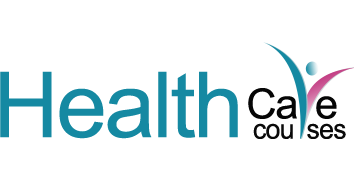Certificate in Aging and Sight Loss
Certificate in Aging and Sight Loss
As we age, our eyesight may deteriorate, impacting our daily lives. The Certificate in Aging and Sight Loss aims
to provide valuable insights and strategies to support individuals experiencing vision loss due to aging.
Understanding Aging and Sight Loss
Aging is a natural process that can affect various aspects of our health, including vision. According to the World Health
Organization (WHO), around 285 million people worldwide are visually impaired, with the majority being over 50 years
old. Common age-related eye conditions include cataracts, age-related macular degeneration, and glaucoma.
Statistics on Vision Loss Among Older Adults
| Age Group |
Percentage of Vision Loss |
| 50-64 years |
18% |
| 65-74 years |
30% |
| 75+ years |
45% |
Strategies for Supporting Individuals with Sight Loss
Providing adequate support and resources for individuals with sight loss is essential for maintaining their independence
and quality of life. Some strategies include:
- Offering assistive technologies such as magnifiers and screen readers
- Implementing environmental modifications for better accessibility
- Providing training on daily living skills and orientation and mobility techniques
Conclusion
In conclusion, the Certificate in Aging and Sight Loss plays a crucial role in equipping individuals with the knowledge
and skills to address vision loss associated with aging. By understanding the impact of aging on eyesight and implementing
appropriate strategies, we can enhance the quality of life for older adults experiencing sight loss.
